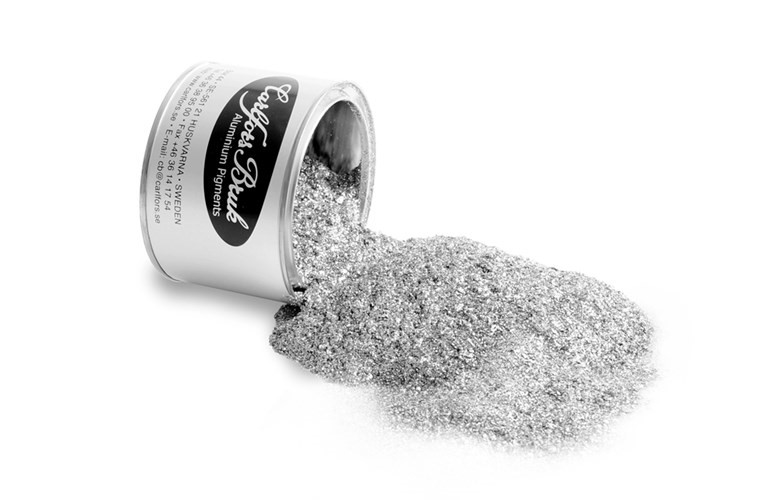

Stanford University's researchers have developed a new paint that incorporates aluminium flakes in an infrared reflective layer and nanoparticles in an ultrathin, infrared-transparent layer in a wide range of colours.
For many years, reflective architecture has been lauded for its ability to keep indoor spaces cool by reflecting the sun's rays off white surfaces. This practice has gained global recognition as the effects of climate change continue to intensify, with applications ranging from informal settlements in India to rooftops in New York City.
{alcircleadd}
However, white paint is not always practical or culturally appropriate for certain architectural contexts. To address this issue, researchers at Stanford University have discovered a two-step paint solution for reducing indoor temperatures. The first layer of the paint consists of an infrared reflective layer infused with aluminium flakes. In contrast, the second layer is an ultrathin, infrared-transparent layer incorporating nanoparticles in varried shades.
Although Stanford's invention may not boast the same level of reflection rates as the ultra-white paint developed at Purdue University, it is more versatile in terms of colour options. This makes it an ideal choice for a wider range of architectural applications. The paint can be applied to buildings as well as other objects, such as refrigerated trucks, to help lower temperatures.
While the product's commercial availability date is unknown, the researchers behind the project have already applied for a US patent. This inventive solution holds great promise for reducing energy consumption and promoting sustainable practices in the field of architecture.



Responses






